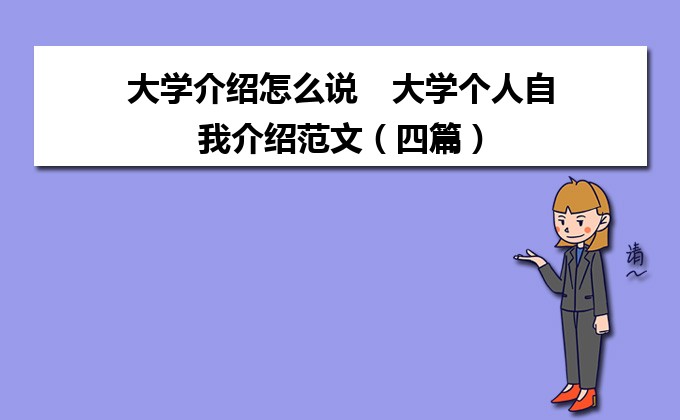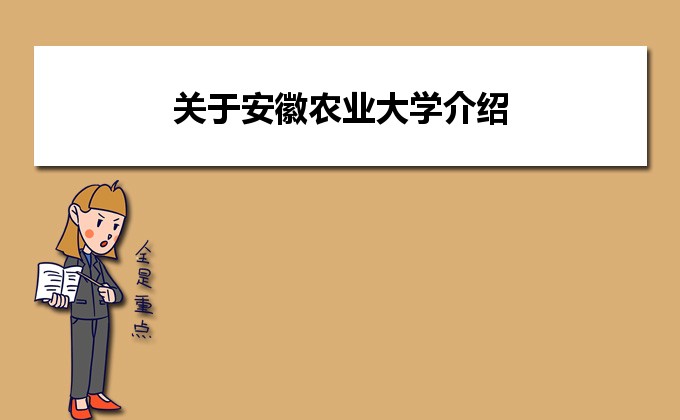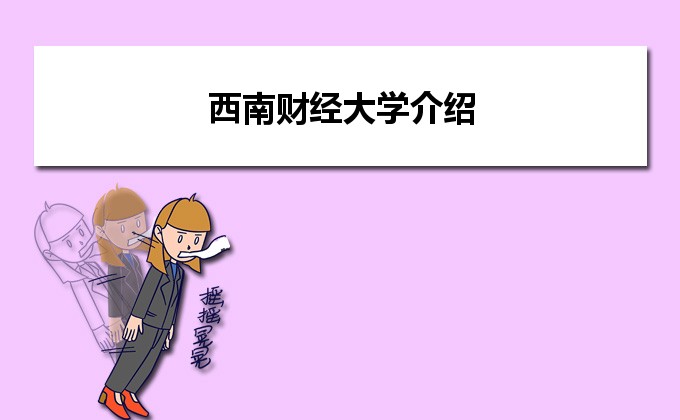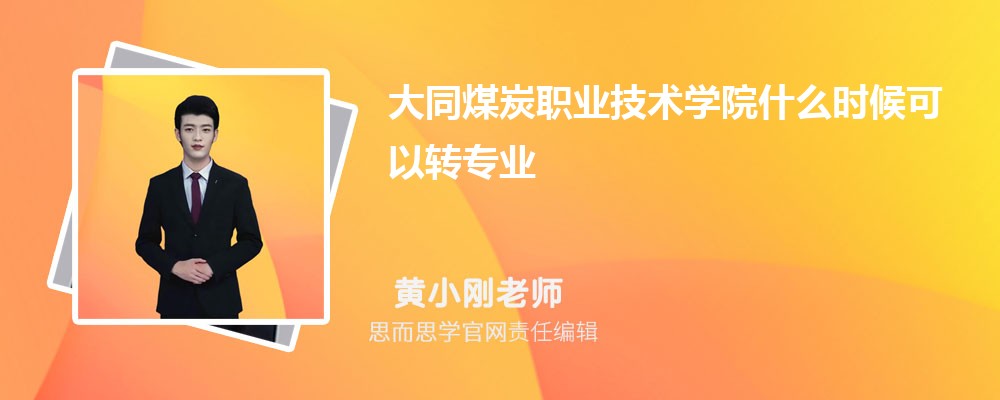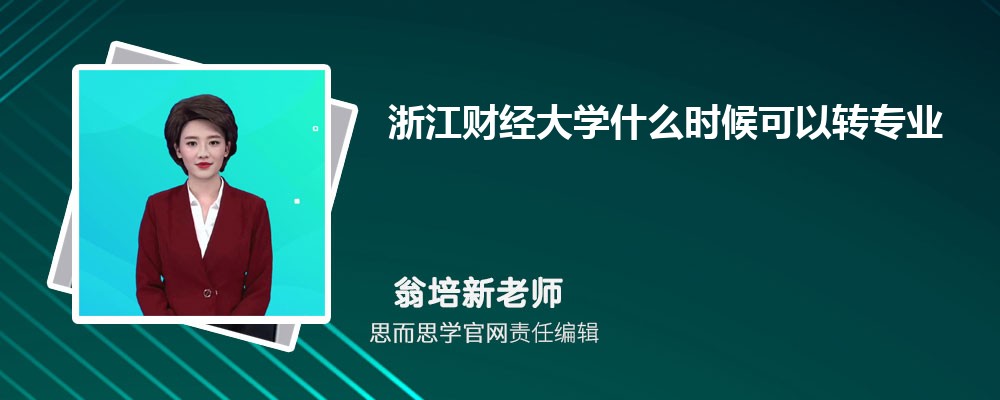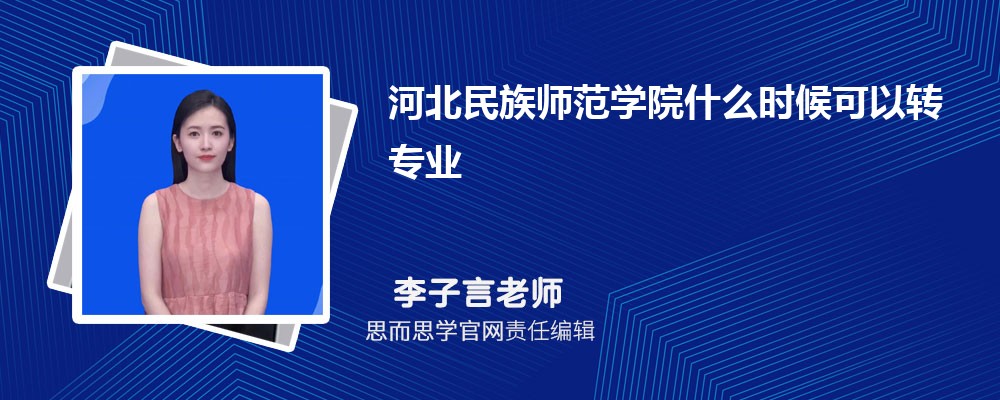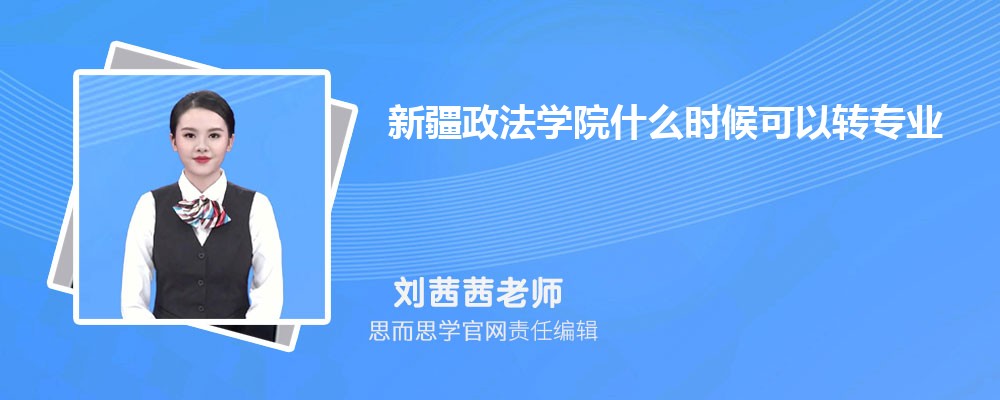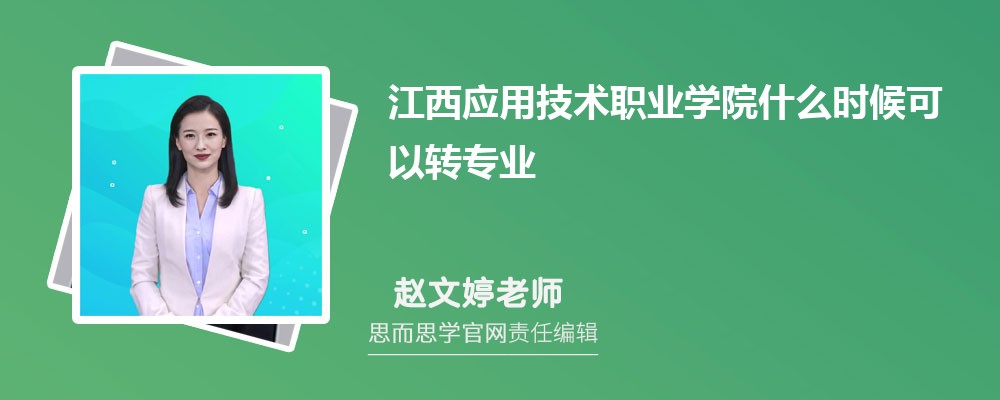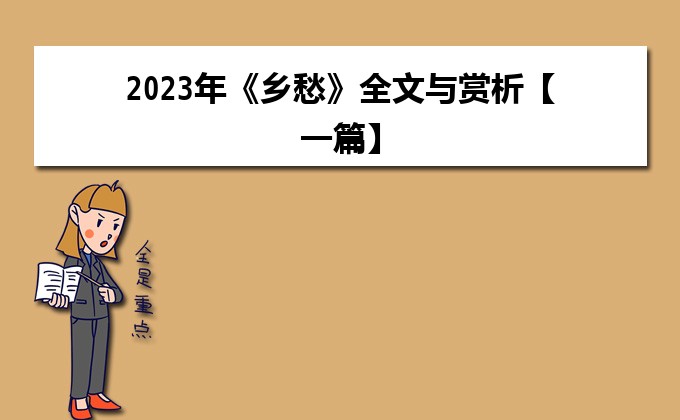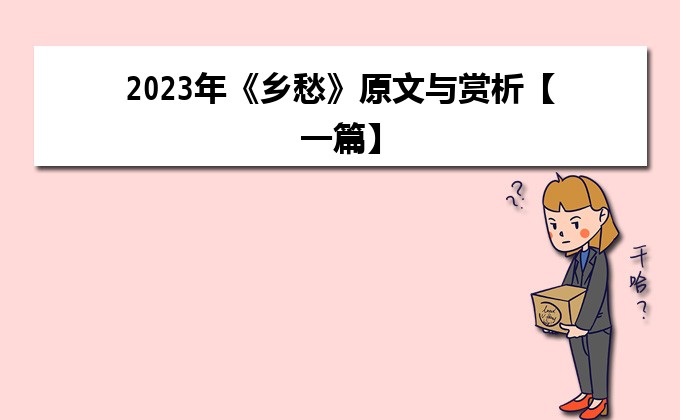北京大學(xué)簡(jiǎn)介
Peking University (Peking University) referred to as "Peking University", was born in 1898, the first name of the capital school, is the first modern Chinese university, is the first to "university" in the name of the school, its establishment marks the The Beginning of Modern Higher Education. Peking University is the only country in modern China since the creation of the highest institution of the school, initially the highest educational administrative organs, the exercise of the Ministry of Education functions, the national education. Peking University gave birth to China's earliest modern academic system, created China's earliest liberal arts, science, social science, agriculture, medicine and other university disciplines, is the founder of modern Chinese higher education since modern times.
May 3, 1912, the capital school renamed Beijing University, Yan Fu as the first Psident. In 1916, Cai Yuanpei as Psident, "the principle of freedom of thought, take the compatibility and justice", the Peking University into the national academic and ideological center, so that the Beijing University of the new cultural movement center, the May Fourth Movement source. In 1937 the outbreak of the Anti-Japanese War, Peking University and Tsinghua University, Nankai University south of Changsha, composed of the National Changsha temporary university. Soon moved to Kunming, renamed the National Southwest United University. October 1946 in Peking to resume school. 1952 Department of adjustment, the campus from the inner city of the Red House moved to the northwest suburbs Yan Garden.
Peking University is a national key university established by the Ministry of Education and directly under the Ministry of Education. It is a national key university established by the national "211 Project", "985 Project" and "2011 Plan". It is the National Association of Chinese Universities (C9) , The Association of East Asian Research Universities, the International Research Universities Alliance, the Pacific Rim Union, the East Asia Forum, and the International Public University Forum.
Peking University has always been closely connected with the fate of the national nation, gathered a lot of scholars and experts, cultivate a large number of talents, creating a large number of major scientific achievements, affecting and promoting the modern Chinese thought theory, science and technology, culture and education and social development process The
北京大學(xué)歷史沿革
Late Qing Dynasty / Imperial College School
In 1898 June, Emperor Guangxu promulgated the "Ming dynasty is Chao" to implement the "Reform Movement of 1898", edict stressed that "the capital school for the provinces of the initiative, especially should be held first." July 3, 1898, Emperor Guangxu approved by Liang Qichao on behalf of the draft for "playing the capital of the University of the Constitution", the official founder of the capital school, and appointed officials of the Ministry of Commerce, co-host Sun Jia Nai as the first management of the University Affairs Minister School minister). Subsequently, Sun Jia Nai appointed Xu Jingcheng for secondary school general teaching, American missionary Ding Weiliang for the total learning of Western learning. September 21, EmPss Dowager Cixi and the old school to launch the coup couples, hundreds of days of failure. However, the capital school to be retained.
(Such as Hu Shi, Feng Youlan, Ji Xianlin, etc.) that Peking University is the Chinese history of the Taoist (Imperial College, the son of the country) successor, is the highest institution of ancient times (the so-called high school) On the other hand, Peking University is the first university officially established in modern China. It is the pioneer of modern and modern higher education in China. Therefore, it is the author of the epoch-making of modern Chinese higher education. Chengtai orthodox, under the university ancestral home, "said.
In 1900, the Boxer Movement broke out and the Imperial College was destroyed. August 3, 1900, the Qing court ordered the closure of the capital school. After the Eight-Power Allied Forces entered Beijing, the capital school was destroyed.
In 1902 in December, the late Qing government appointed official minister Zhang Baixi for the management of the minister, "instructed the manager" Capital University, the capital school to be restored. Wu Ru-lun and Gu Hong-ming Ren Zheng vice Psident, Yan Fu and Lin Shu, respectively, as the vice Psident and vice Psident. Was founded in 1862 during the Westernization Movement of the capital Tongwen Museum also merged into the University. December 17, the capital school held a ceremony. According to the school system, different degrees of graduates were awarded tribute students, lifts, Jinshi title.
In 1903, the establishment of Jinshi Museum, Translation Museum and Medical Industrial Museum.
In 1904, the capital university school management minister to the Prime Minister of the minister, is responsible for the national administration, and also set up the capital of the general manager of the school, specializing in the capital school. The pision of the functions of the National Education is thus separated and become a purely high school. In the same year, Jinshi Li school, enrolled in the history of China's last two imperial examinations, that is, Gui Mao Branch (1903) Jinshi more than 80 and Jia Chen Branch (1904) Scholars more than 30 school enrollment. And selected the first batch of 47 students to study abroad, to open China's higher education institutions to send students Pcedent.
1905 when the Imperial College closed, a group of students did not graduate directly into the Imperial College to learn.
In 1910, the capital university opened a branch university, opened by the subjects, liberal arts, law and politics, business, Gezhike (science), engineering, agriculture, a total of seven subjects, set thirteen school, , The Spring and Autumn Zuo Zhuan, liberal arts Chinese literature, Chinese history, political science, politics, law, business bank insurance, Gezhi Geology, chemistry, engineering civil engineering, mining, agricultural agronomy, China's first modern synthesis University has finally begun to take shape.
Republic of China / National Peking University
In the early years of the Republic (1912-1916)
May 3, 1912, the capital school changed its name to Peking University, immediately crown "national", is the history of China's first title "national" university, Yan Fu as renamed after the first Psident. In 1914, Hu Renyuan served as Psident of Peking University. At this time have been Huang Kan, Gu Hongming, Qian Xuantong, Ma Xu Lun, Tao Menghe, Feng Zu Xun, He Yujie, Yu Tongkui and other famous teachers in Peking University.
Before and after the May Fourth Movement (1916-1927)
In December 1916, Cai Yuanpei served as Psident of Peking University. From 1916 to 1927, Cai Yuanpei served as Psident of the University of Beijing this decade, is regarded as a brilliant period in the history of Beijing University, "laid the tradition and spirit of Peking University." January 9, 1917, Peking University, Cai Yuanpei at the opening ceremony of the speech, the students put forward three requirements: "hold the purpose", "tempering virtue", "respect the teacher." Cai Yuanpei advocated "the university, the study of high-level learners also", "the principle of freedom of thought, take the meaning of inclusive", Peking University conducted a series of reforms. He dismissed a group of incompetent Chinese and foreign teachers, hired Chen Duxiu, Xia Yuanjiang as liberal arts, science, respectively, hired Hu Shi, Li Dazhao, Lu Xun, Liu Bannong, Liang Shuming, Li Siguang, Wang Xing arch, Yan Renguang, Zhong Xinguang, Ren Hongjun, Li Shuhua, Ding Xilin, Ma Yinchu, Tao Menghe, Chen Qixu, Wang Shijie wait until the school to teach. During this period in the Peking University to teach the famous scholars there are Huang Jie, Wu Mei, Liu Wendi, Chen Yuan, Ma Yu algae, Shen and Shi, Zhu Xi Zu, Ma Heng, Kang Xinfu and so on. On the academic attainments, politically conservative Gu Hongming, Liu Shi Pei, Huang Kan and others, Cai Yuanpei also use its director.
Cai Yuanpei in Peking University to implement the professor of governance, democratic management system. He set up a council, as the highest authority of the school and the legislature, the judges elected by the professor. Later, in the school (Department) set up a professor. Followed by the establishment of the Peking University Executive Council, the Senate, General Affairs Office. To September 1920, Peking University professor management system has been basically mature. Cai Yuanpei advocated education independence, that bureaucratic politicians should not interfere with education, "I absolutely can not do not free university Psident", this resignation of Beijing University principals several times.
Cai Yuanpei tried to make the Peking University to the text, science and two subjects as the focus of the comPhensive university, the business into the law, the engineering into the North University. In 1919, Cai Yuanpei revoked the text, management, law, school doors are no longer affiliated to the department, and change the door for the Department of school, set up 14 departments. Cai Yuanpei abolished the grade system, the implementation of the election system, to develop student personality, communication and management. In 1917, Cai Yuanpei in Peking University set up text, management, law three subjects, training graduate students. This is the earliest research institute of Chinese universities. In 1918, he founded the "Peking University Monthly", the earliest university journals in China. Cai Yuanpei actively carry out academic exchanges, invited Dewey, Russell, Banshe Wei, Planck and other famous artists to Peking University lectures. In 1920, Peking University allowed three girls to enter the liberal arts audition, and in the autumn of the same year officially began to recruit female students, open the Chinese public university coeducational first.
1919 (Republic of China eight years) May 4, "May Fourth Movement" broke out. Peking University and other students in Beijing school in front of Tiananmen Square, Luo Jia Lun, Jiang Shaoyuan, Zhang Tingji three rePsentatives of the student movement, followed by demonstrations. Peking University student Fu Sinian any parade commander. Rally read the Peking University student Xu Deheng drafted the "Beijing student community declaration", the procession distributed in the North University student Luo Jialun drafted the "Beijing academy of the whole declaration." Parade student fire Zhao house floor, beat Zhang Zongxiang, police arrested the students on the spot. Cai Yuanpei, Li Dazhao, Chen Duxiu, Zhu Jiahua, Hu Shi, Lu Xun was to rescue the students, at the national industrial and commercial strike strike strike. Beijing student patriotic movement, has been around the young students and the masses of the sympathy and support, student patriotic movement of fire quickly fueled the country, developed into a national anti-imperialist patriotic movement. Beiyang government was forced to remove Cao Rulin, Lu Zongyu, Zhang Zongxiang duties, and refused to sign the Paris peace treaty, student movement to win. After the May Fourth Movement, Peking University professor Li Dazhao took the lead in accepting, disseminating and practicing Marxism in China. Peking University became the center of Chinese research and dissemination of Marxism. In August 1920, Chen Duxiu created the Shanghai Communist Party. In October 1920, Li Dazhao founded the Beijing Communist Party. Before the Communist Party of China, there were 21 members of 53 Chinese Communist Party members who were Peking University teachers and students.
Thirties (1927-1937)
Between 1927 and 1929, Peking University was in turmoil and was severely devastated. After the warlords grabbed the Beijing regime, in 1927, he suddenly announced the abolition of Peking University, Beijing and other eight national universities merged into the capital university. In 1928 the Nanjing National Government first changed it to the University of China, changed to Peking University, changed to the National Peking University Peking University. In 1929, Peking University announced its own reunification, the National Government on August 6 to restore the National Peking University.
1930 (Republic of nineteen years), the National Government's first education minister, Mr. Cai Yuanpei's high enough, three times the principal of the North University of Jiang Menglin began to head in Peking University, the following year inaugurated. Jiang Menglin reform the management system of Peking University, put forward the 16-character policy of "teaching and learning, student study, staff governance, school principals", to improve the council for the school committee.
In 1931, Peking University and the China Education and Culture Foundation set up cooperation research special models. Started to build a new library, geological museum, gray floor student dormitory and other three buildings, the construction of a large playground; science department facilities have been considerable improvement.
June 1932, Peking University to implement the college system, set the text, management, law three colleges, Hu Shi, Liu Shuqi, Zhou Binglin respectively as Dean.
In 1935, Peking University has completed more than 40 laboratories, 6716 experimental instruments, 15788 kinds of specimens, more than 3100 drugs and internships, equipment conditions living in the forefront of the national university.
National Southwest United University (1937-1946)
On July 7, 1937, the Marco Polo Bridge broke out. The end of July, the Japanese occupation of Peking, Tianjin. In September, Peking University, the National Government of Nanjing, moved to Changsha, Hunan Province, and formed a national temporary university of Changsha from the National Tsinghua University and Tianjin's private Nankai University.
1938 Changsha temporary university to Kunming, April 2 changed its name to the National Southwest United University. The school set up text, science, business, labor, teacher five colleges, 26 departments. May 4, 1938, Southwest United States officially class, the following year in May Peking University Research Institute in Kunming to resume and begin enrollment, graduate students belong to three schools.
Southwest Union University school conditions are very difficult, school shortages, lack of equipment, lack of funds. Some teachers and students have to part-time to make a living. Although the conditions are difficult, the Southwest United University of the nine years of the specialist, graduate students graduated from 3882 people, a total of about 8,000 students, cultivated a lot of talents, of which 90 people later became the Chinese Academy of Sciences, Chinese Academy of Engineering (including foreign academicians), 6 People won the "two bombs a star meritorious service medal" (won a total of 23 people), 3 by the People's Republic of China National Science and Technology Award, Li Zhengdao, Yang Zhenning won the Nobel Prize in Physics. In August 1945, Japan defeated. As the traffic conditions are difficult, three schools of the original school to be repaired, Southwest United University to continue school for one year. May 4, 1946, Southwest United University held a graduation ceremony, the General Assembly announced the end.
After the victory of the Anti-Japanese War National Peking University (1946-1949)
July 1946 Mr. Hu Shi returned from the United States, in September became the Psident of Peking University, is committed to the comPhensive revival of Peking University, "Peking University to do the highest institutions, to do the highest academic research institutions today." The 10th anniversary of the opening ceremony of the resumption of the school was held at the fourth floor of the fourth floor of the National Assembly Street. Mr. Hu Shi with his high Pstige, recruiting teacher, can be described as Ji Zishuo, together.
In 1946, Peking University appointed Tang Yongtong as the Psident of literature, Rao Yutai as the Dean of Science, Zhou Binglin as law dean, Ma Wenzhao for the medical director, Yu Dafu for the agronomy, Ma Dayou for the Dean, Fan Jichang as Dean, Chen Xueping for discipline Long, Zheng days Ting for the Secretary-General, set up 33 departments (of which the Department of Medicine under the 18 subjects), two specialties and independent liberal arts research institute. According to December 1946 statistics, Peking University has 3420 registered students. After the demobilization, Peking University, the law, law school has been strengthened, medical, agricultural college in China's top level. Hu also proposed to set up atomic energy research center, but because of the turbulence can not be achieved. In 1948, the National Central Research Institute elected the first batch of academicians, Professor of Beijing University was elected, ranked first in the Chinese universities.
In November 1948, Peking was surrounded by the People's Liberation Army. The National Government originally planned to let Peking University move south, but Professor Peking University will not move south. The Kuomintang formulated the "Rescue the mainland scholar program" to send the plane, hoping that a group of important scholars would leave Beiping south. Hu Shi, Qian Si-liang, Mao Zishui, Yao Congwu and others were invited to the south, but most scholars stay in Peking. On December 15, President Hu Shi moved from the south to the south by Zheng Tianting, Tang Yongtong and Zhou Binglin, but said, "I am far away, never forgetting Peking University."
The People 's Republic of China
After the founding of the Cultural Revolution to Peking University (1949-1966)
By the end of 1949, Peking University Department of Education was incorporated into Beijing Normal University. In 1952, the government followed the Soviet institutions of higher learning to adjust the faculties, Tsinghua University, Yanjing University, part of the liberal arts faculty merged into Peking University; Peking University, Tsinghua University, North China University School of agricultural schools merged into Beijing Agricultural University; Peking University Institute of Technology, Tsinghua University, Beijing University of Science and Technology, Beijing University of Science and Technology, Beijing University of Science and Technology, Beijing 100083, China) The Beijing University of Science and Technology (Beijing University of Geosciences) ; North University Department of Law merged into the Beijing Institute of Politics and Law (renamed China University of Political Science and Law). College of Beijing University moved to the original site of the original Yanjing University, the original Peking University, Tsinghua University, Yan three schools of natural science, social science, famous scholar gathered in Beijing, laid the Peking University Arts and Science in China long-term lead The status.
In 1955, the Chinese Academy of Sciences, the first batch of 223 academicians, Peking University in the 28 teachers, ranking first in Chinese universities. After the adjustment of the faculties, Peking University reconstructed the law department in 1954 (the former Beijing University law department has a history of 48 years, incorporated into the China University of Political Science and Law in 1952), the Department of Reconstruction of Library Science in 1956, and the Department of Political Science in 1960.
In 1955, in order to establish China's nuclear industry system as soon as possible, Peking University established the country's first atomic energy training base - physical research (technical physics department Pdecessor). In addition, Peking University in China, the earliest training of semiconductor professionals, and in the Chinese computer research started the stage to do a computer class. According to the statistics of 1966, Peking University has nearly nine thousand students. During this period Peking University graduates have more than 100 people later became the Chinese Academy of Sciences, Academy of Engineering. This time, Peking University has also made a series of scientific research, such as synthetic crystal bovine insulin and so on.
Due to frequent political activities, humanities and social studies have been disturbed. President Ma Yinchu's "new population theory" is regarded as the most prominent humanities and social science research results of this stage, but the article has been criticized after its publication. In 1957 anti-rightist movement, Peking University seven hundred teachers and students were mistaken for the right. In 1961, the CPC Central Committee put forward the principle of "adjusting, consolidating, enriching and improving", starting to correct all kinds of mistakes, rectifying the work of colleges and universities in the same year, and improving the teaching quality of Peking University.
During the Cultural Revolution (1966-1976)
May 16, 1966, the CPC Central Committee issued "May 16 notice", the Cultural Revolution kicked off. In the planning of the Health and Health, Peking University Department of Philosophy Party branch secretary Nie Yuanzi and other seven people in May 25, 1966 posted posters "Song Shuo, Lu Ping, Peng Peiyun in the cultural revolution in what to do?", Attack Beijing Municipal Committee Vice Minister of Peking University Song Shuo, Peking University President and Party Secretary Lu Ping, Peking University Party Committee Deputy Secretary Peng Peiyun, accused the three "destruction of the Cultural Revolution", take the "opposition party, against Mao Zedong Thought revisionist line." The posters have been strongly opposed to the majority of teachers and students of Peking University, June 1, the Central People's Broadcasting Station broadcast the full poster. In June, after the reorganization of the Beijing Municipal Committee announced the revocation of Lu Ping, Peng Peiyun duties, set up a working group on behalf of Peking University Party Committee. In July, the Beijing Municipal Committee revoked the Peking University Working Group, Jiang Qing called for Nie Yuanzi to build the Peking University Cultural Revolutionary Committee (referred to as "the Cultural Revolution"). In September, the school Cultural Revolution was formally established, Nie Yuanzi in power. Nie Yuanzi is known as one of the five leaders of the Beijing rebels.
During the Cultural Revolution, Peking University was called "the stubborn fortress of anti-party and anti-socialism". Peking University, a lot of cadres, teachers were labeled as "gangsters" "capitalist" "reactionary academic authority", suffered brutal persecution. According to statistics, during the Cultural Revolution Peking University has more than 1,000 cases of miscarriage of justice, more than 400 households were copied, well-known scholar Rao Yutai, Jian Bozan, Yu Daguan, including more than 60 people died. May 16, 1968, the school Cultural Revolution set up "monitoring compound" (also known as "gang compound", commonly known as "bullpen"), imprisoned cadres, 218 teachers, persecution. In 1969, more than seven thousand Peking University teachers and students were assigned carp fish (located in Nanchang, Jiangxi Province, is schistosomiasis area) farm for labor transformation.
Since March 1965, Peking University began to build a new campus in Hanzhong, Shaanxi (known as "653 Project").
June 27, 1970, four years after the cessation of enrollment, Peking University began to take "mass recommendation, leadership approval, school review" approach to recruit workers and peasants students. The first enrollment of 2242 new students, including Beijing, the school 1676, 148 in the Hanzhong, Jiangxi, 418.
In August 1973, Peking University Electronic Instrument Factory and Beijing Cable Power Plant and other units in the Peking University successfully developed China's first one per second computing one million times the integrated circuit of electronic computers (referred to as 150 machines). Marking a major step forward in China's electronic computer technology.
In 1975, Peking University Library was opened to the new museum, is the largest in China, the best equipment, the most abundant collection of university libraries.
After the reform and opening up Peking University (1976 - Psent)
In October 1976, the party Central Committee in one fell swoop smashed the "gang of four" counter-revolutionary group, the end of ten years of civil strife. Under the concern of Comrade Deng Xiaoping and other leaders, Peking University quickly restored the school order, and in the spring of 1978 ushered in the "Cultural Revolution" after the first batch of college entrance examination admitted to college students.
In 1979, the Department of Mechanics was established. In 1982, the Department of Sociology was established. In 1983, the archaeological specialty was separated from the Department of History, and the establishment of the Institute of Computer Science and Technology was established in the same year. Peking University gradually implemented the school, hospital, the Department of three management system reform, the establishment of the School of Economics and other colleges. The establishment of Founder Group, Beida Jade Bird Group and other companies to promote the transformation of scientific and technological achievements.
In September 1979, the Party Central Committee for the economist, educator Ma Yinchu vindicated, and approved the Ministry of Education appointed as the honorary Psident of Peking University.
October 1, 1984, the school more than 7,000 teachers and students to participate in the 35th anniversary celebration. Peking University parade line to Tiananmen Square before the play "Xiaoping Hello" banner, exPssed the voice of hundreds of millions of people.
In April 1989, Hu Yaobang died, school students and other students in Beijing spontaneously mourn Hu Yaobang.
October 1996, May 1998, Peking University to become the national higher education "211 Project", "985 Project" one of the first focus on the construction of colleges and universities.
May 4, 1998, Peking University held a centennial celebration in the Great Hall of the People, the CPC Central Committee General Secretary, President Jiang Zemin and other party and state leaders attended the celebration. "Peking University is a Pstigious academic center." The Psident of the University of Oxford, England, Lucas, who came to the celebration of the world more than 60 university principals spoke highly of the Peking University for centennials, "said UN Secretary-General Kofi Annan in his congratulatory letter. To form the academic atmosphere. United States Stanford University President Gehar Kasper said in an interview with reporters that the centennial of Peking University has a special significance, it is worth from all over the world of university principals in this together.
November 1999, Xu Zhihong academician as Psident of Peking University.
April 3, 2000, the same root Peking University and Beijing Medical University merged to form a new Peking University. The former Beijing Medical University is the Pdecessor of the National Beijing Medical College, founded in October 26, 1912. In the 1930s and 1940s, the school was named Peking University School of Medicine, and in July 1946 merged into Peking University. In 1952 in the national college faculties adjustment, Peking University School of Medicine from Peking University, independent of the Beijing Medical College. 1985 changed its name to the Beijing Medical University, in 1996 to become the first batch of "211 Project" key support of the medical university, in 2000, complex and return to Peking University embrace.
In 2001, Peking University started the "Yuanpei Plan", and implemented the "strengthening the foundation, dilute the professional, inpidualized, perted training" school policy, practice new talent training mode.
2001 - 2002, Peking University has set up, set up a government management college, news and communication college, physics, earth and space science, environmental college, information science and technology college, software college, foreign language education college.
In February 2002, when he was director of Beijing University Computer Science and Technology Research Institute, Beijing University Founder Technology Research Institute won the 2001 National Science and Technology Award, he is the founder of China's modern printing revolution, was hailed as "contemporary Bi Sheng ".
In May 2014, Peking University launched the "Yanjing School" project, for the first-class university from home and abroad to open a one-year "Chinese learning" master's degree.
September 3, 2014, "Peking University Constitution" officially approved, effective.
In October 2015, Peking University Alumni Tu Yo Yo won the Nobel Prize in Physiology or Medicine on the grounds that she found artemisinin.
January 5, 2016, released the first self-designed North University degree certificate, in January 2016 officially opened.
In May 2016, Peking University Department of Psychology changed its name to Peking University School of Psychology and Cognitive Science.
August 29, 2016, the school and the Shenzhen Municipal People's Government signed a cooperation in Peking University Shenzhen campus memorandum.
September 20, 2016, Peking University Institute of Humanities and Social Sciences officially unveiled.
February 20, 2017, the school signed with the British Open University,
founded Peking University HSBC Business School Oxford campus, the establishment
of Peking University Oxford Center and the Shenzhen Oxford Innovation Center;
March, large data analysis and application of national engineering laboratory
unveiled The

